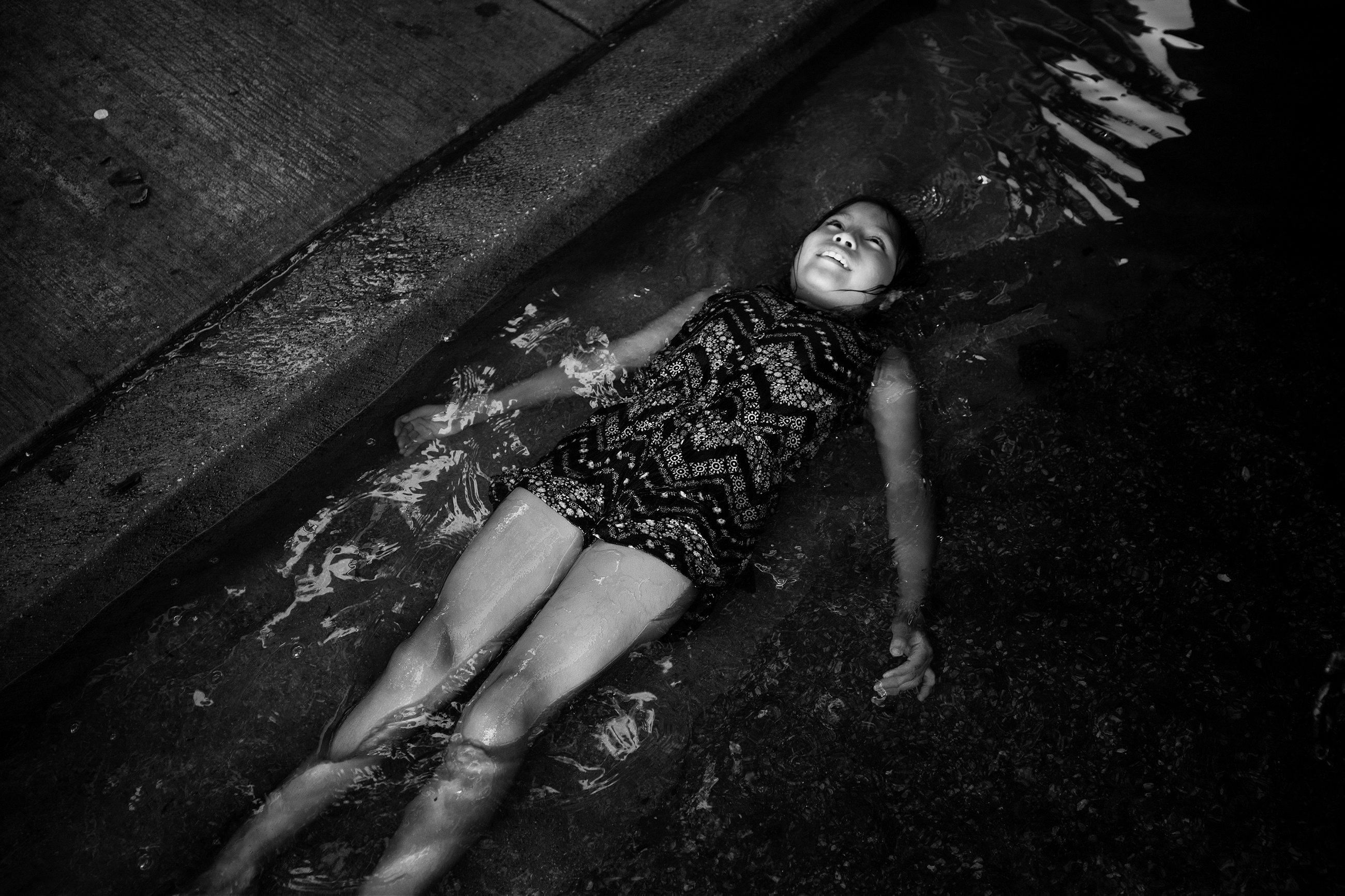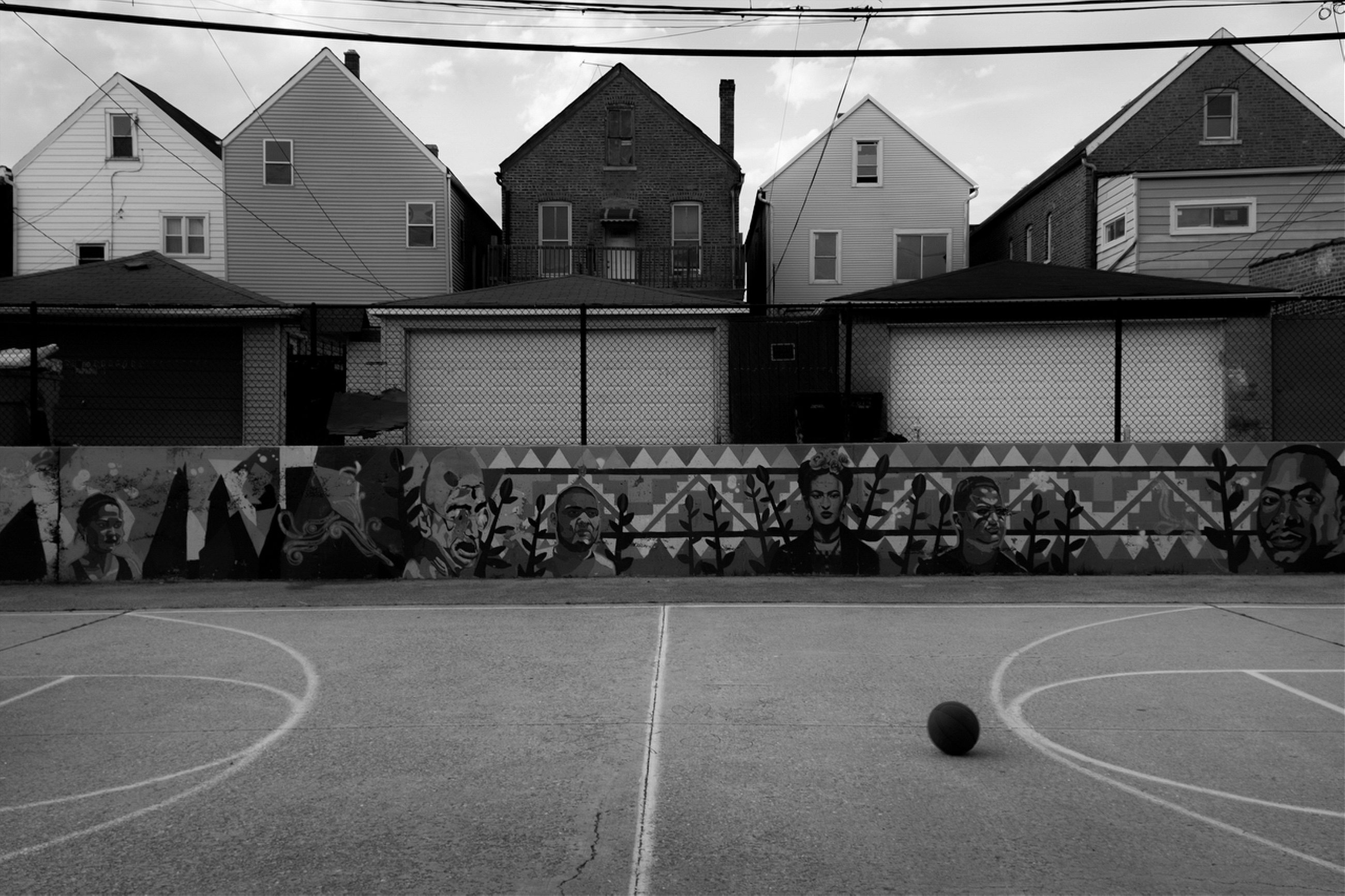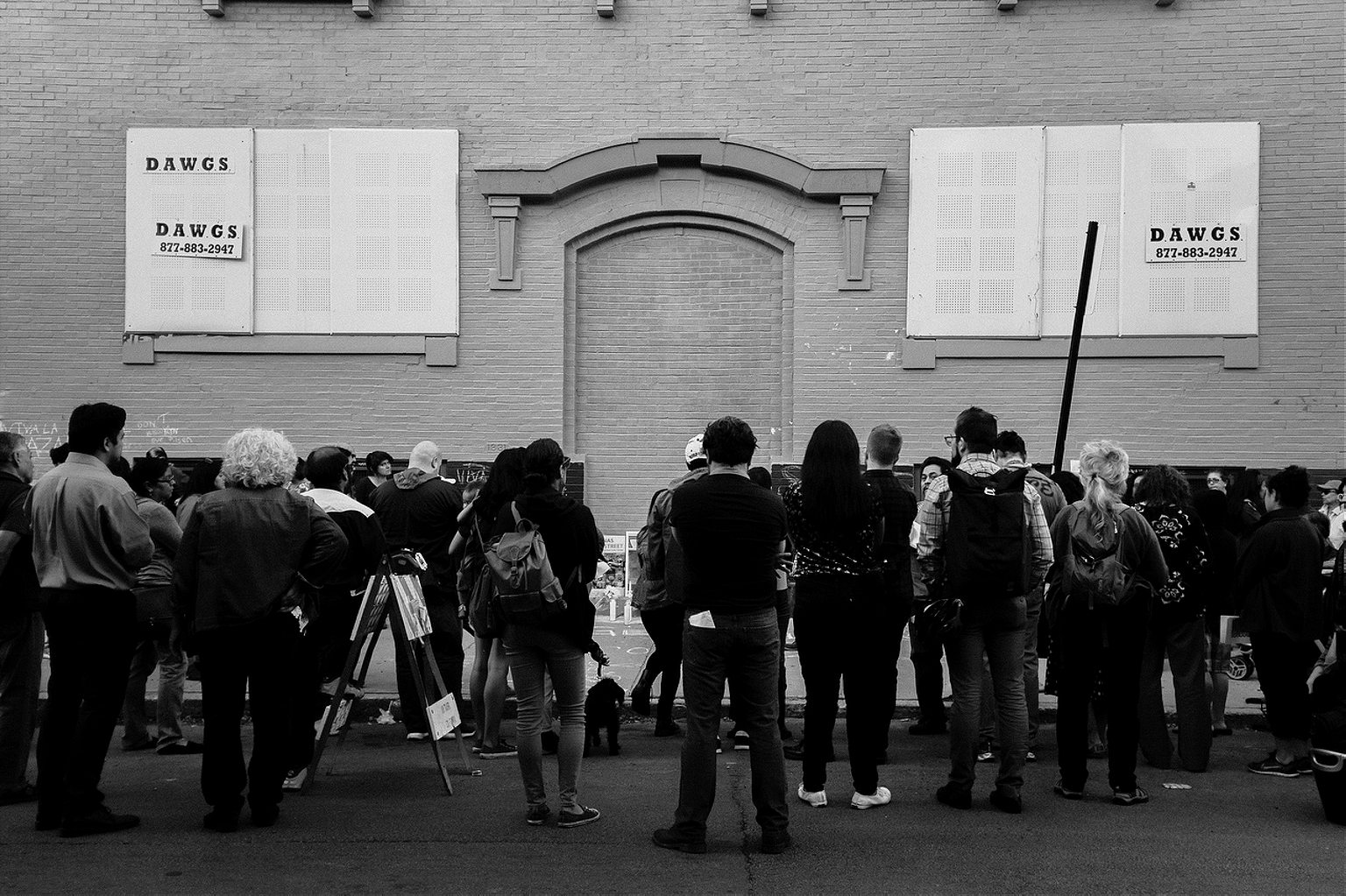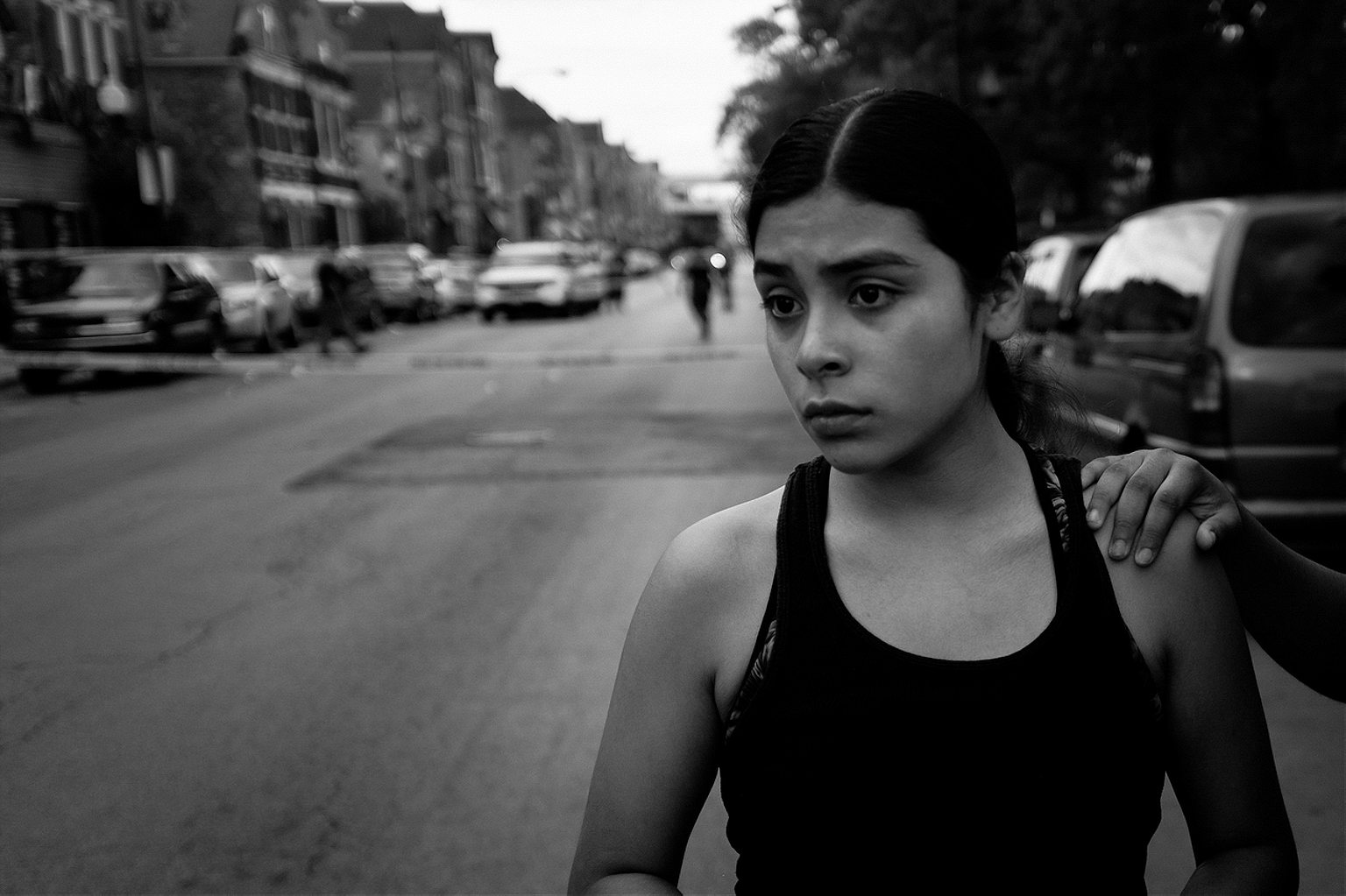Photographer Sebastián Hidalgo talks about his work capturing his rapidly changing Chicano neighborhood in Chicago.
Born and raised in Chicago, 22-year-old photographer Sebastián Hidalgo has a front row seat to the changes sweeping through his city. In the Mexican-American community of Pilsen, where he grew up, he’s watched small mom-and-pop stores shut down, rents skyrocket, and families displaced by waves of gentrification that has shown no sign of slowing down in the last two decades. Roads & Kingdoms recently spoke to Hidalgo in New York about his work, and what he hopes people take away from his photographs.
Roads & Kingdoms: When did you start noticing the changes in your neighborhood?
Sebastián Hidalgo: The idea of hipsters or yuppies coming into the neighborhoods started in the early 2000s. That was the most common conversation back then. But now you can see it. I started seeing the changes happen especially after the recession. Mom-and-pop shops closed, little corner stores that I used to always go to, to get a bag of chips or a sandwich, shut down. People were worried about rent, inflation, and affording schools for their children.

R&K: When did you start to photograph it?
SH: I started taking pictures in 2008, but I started this project two years ago because by then, you could actually notice it. I started realizing that I’m am no longer recognizing my home. It really affected me in a way. When I witnessed drive-bys or any gang violence, I was desensitized, but at the same time, I didn’t have anyone to have conversations with anymore. That’s when I started to feel angry, lost, and, in a way, started acting on it. For me, it was more of trying to sync with what was left of what I remember being my home.
R&K: Do you look at any other neighborhoods that have gone through this process and hope Pilsen doesn’t end up becoming like them?
SH: Yeah. The one neighborhood that comes to mind is Logan Square, which is up north. It was primarily Mexican-American, Puerto Rican, and after the 606 trail went up, everything around the there was inflated. Rent went up, gentrification began. It was like two years at most, and then it was completely different. That’s the fear because at first, people think it’s nice to have a trail. But no one thinks about the people who already live around there. It’s a beautiful trail, but it comes at a cost. Everything comes at a cost, whenever there are new plans.
In Pilsen, they are actually trying to build another trail and a mural park, which we don’t need as far as its long-term residents are considered. People know what will happen when that trail is built, so there are a lot of activists campaigning and fighting to remove the trail.

R&K: What are you hoping that other people who are not from Chicago, or might not know about Pilsen, take away from this project?
SH: I hope they can understand that a street corner can mean something entirely different to somebody who has lived in that neighborhood for all their lives. I want them to be thoughtful about what they do with their space. Pilsen is extremely small, and it’s built on top of subcultures, so word travels fast. If somebody new comes into a neighborhood, whatever demographic they are, it’s just a matter of being considerate about those who have been living there. My project on Pilsen isn’t only focusing on the violence, the gentrification, and everything that’s wrong with the neighborhood. It also focuses on the community, the people, and their culture, that remains there.


R&K: How much more time do you think you’re going to spend capturing this?
SH: I honestly don’t know when the project is going to end. I always find something to follow up on. There’s always some new story that resonates with the entire project.
R&K: Are you hopeful for the future of your neighborhood?
SH: No, I only see more negligence. Some people see Pilsen as a profit center, and it’s tough to hold them accountable because they have a lot of support. But at the same time, I wouldn’t do this work if I didn’t have some hope. There’s a part of me that hopes that things will be okay, but I’m also extremely stressed out and worried. I got displaced out of my apartment when I sold my mother’s house. I was talking to a few gang members in the neighborhood, and they’re getting displaced, too. They have families, too, so they are also scared and worried. I hope this conversation kind of keeps happening. But that takes work, and I strongly believe a photograph can do that.
